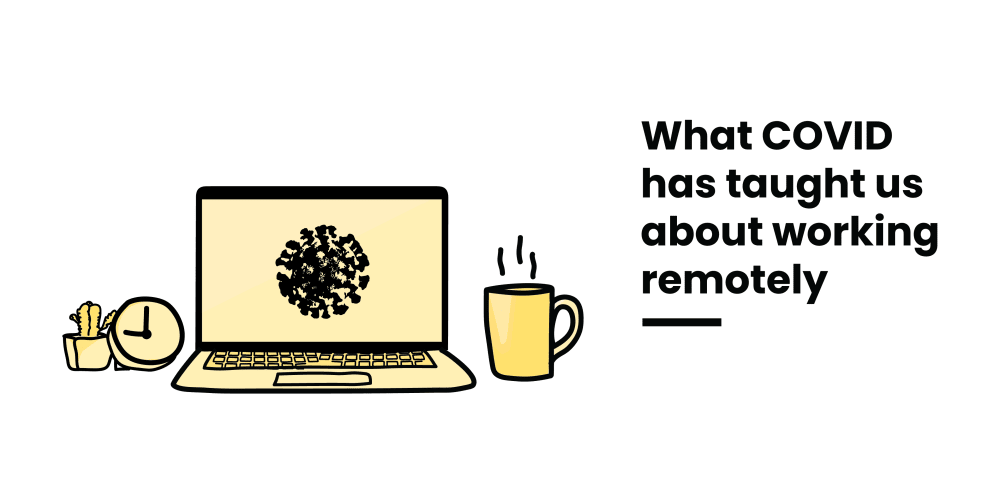As a services company, WorkingMouse sought out to understand whether working remotely would affect communication with clients and ultimately whether it would impact the quality of work. To spoil the ending, the answer is no. We were able to experiment with new models and find a way of working that favoured a remote workforce.
How we stayed connected
Our delivery model uses small agile teams to deliver solutions to our clients. Within a team environment it’s important that developer A has an open communication channel with developer B, the scrum master and the client. There were a number of tactics with our Way of Working that were used to facilitate communication.
Daily huddles
The daily huddle is a good way to communicate within the direct team what you’re working on for the day and whether there is any information that should be shared with the team (eg. Concerns, risks, success stories). This is done first thing in the morning to set the direction for the day.
Virtual review meetings
This was perhaps the most common introduction to many businesses. Platforms like Zoom, Microsoft Teams and Webex became a staple for many. While Zoom was already a fixture in our business (usually for clients that couldn't make it into the office), it was used more frequently and by more people than in the past. This meant integrating Zoom with our instant messaging platform. The review meetings themselves would occur either twice a week or once a fortnight depending on whether the project was in scope or development.
Whole of company sync
To remain connected, our monthly company sync also became virtual. This became a platform for making company announcements and sharing relevant news across the company.
Inspiration jams
One of the benefits of co-locating a company is the shared knowledge and expertise across the company. For example, project X requires integration with a Stripe (a payment gateway). While the the project team may not have integrated with that specific payment gateway, there may be someone else within the company that has. One of the key purposes of inspiration jams is to showcase the work of other teams and how they were able to solve problems. Hence, the knowledge is shared across the company.
Reaching new geographic regions
The majority of our clients were based in Brisbane as it was a general perception that a physical presence was required. One of the more important lessons COVID has taught us (along with wash your hands) is that this is not the case.
The workforce is changing and a physical presence is not the most important consideration. Instead, it's centring more around trust. Do you trust that the software developers have the right processes in place to create a quality application? This is a trend we've seen emerging with more enquiries from locations around Australia and globally. With clients in Canberra, Sydney and Melbourne we've developed a strong operating rhythm with remote clients and enjoy the opportunity to visit and present when necessary.
What learnings can be taken forward?
Currently the office is open in a limited capacity. This has seen us embrace a hybrid model - some of our team are working from home, some from the office and many have adopted a combination.
Some employees find working from home to be more productive so why not take this opportunity to explore some new models. The tactics that were put in place above are here to stay. The daily huddles form part of our Way of Working and whether they are virtual or in person (or a combination) they are a necessary part of working in a team. Review meetings, company syncs and inspiration jams are also an integral part of facilitating communication within the company and with our clients.





